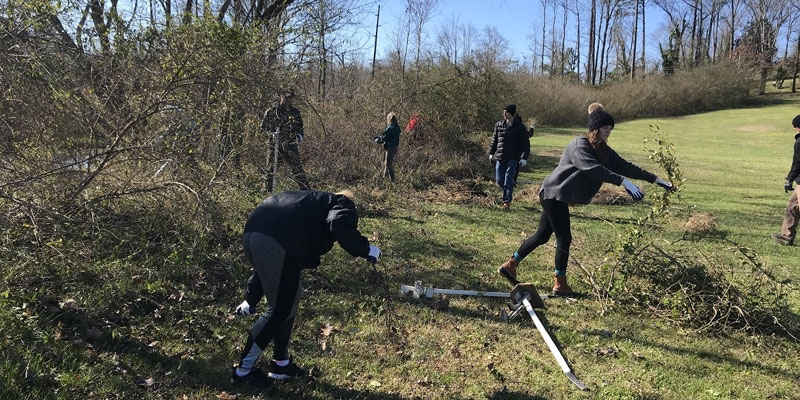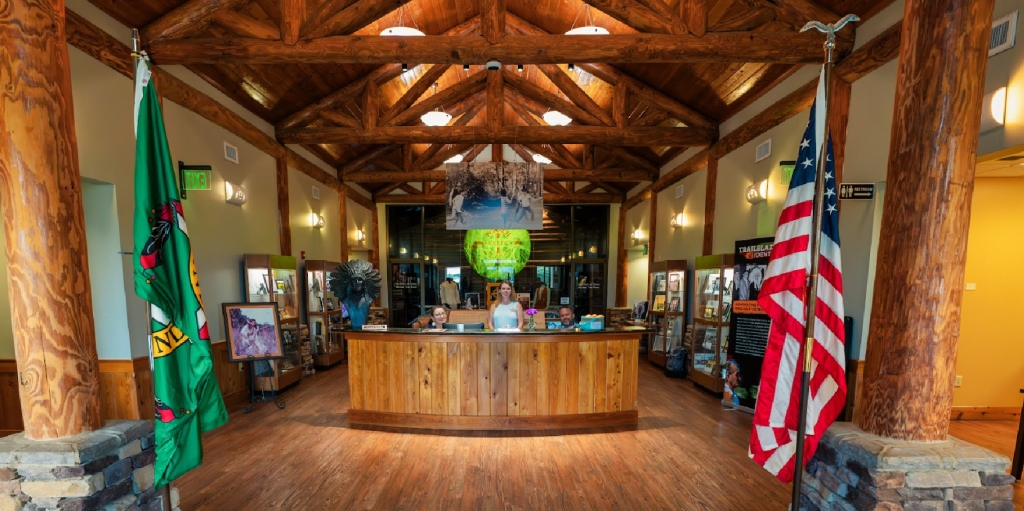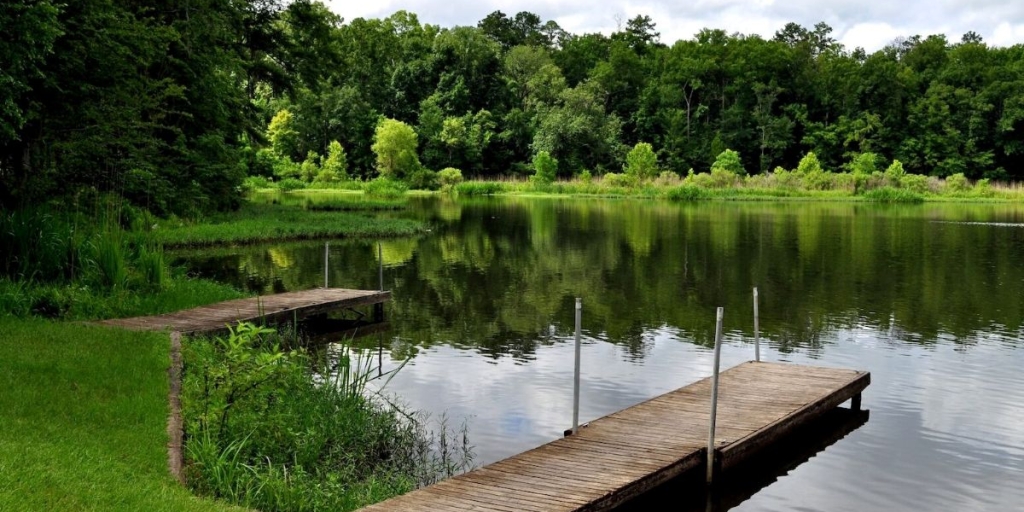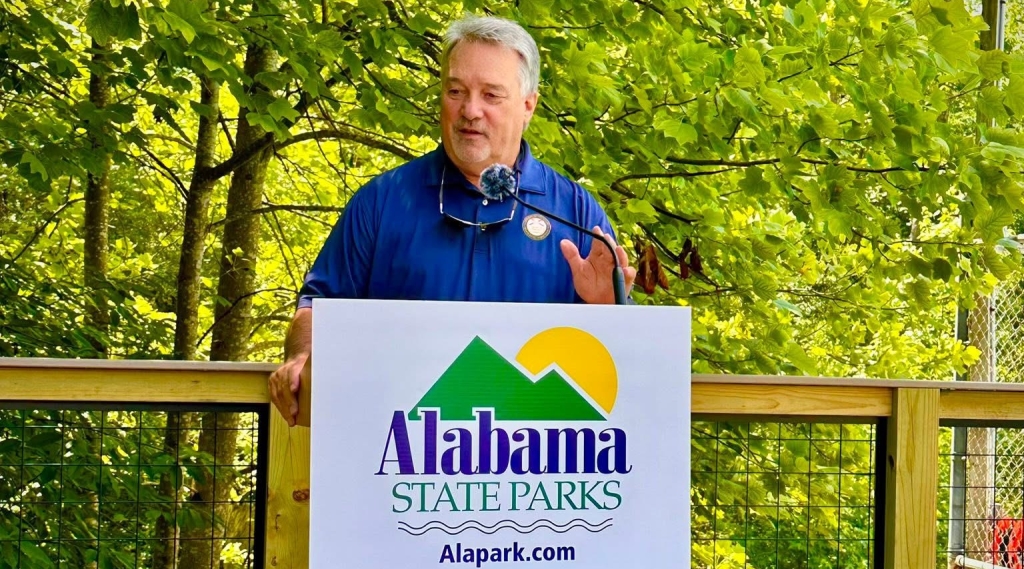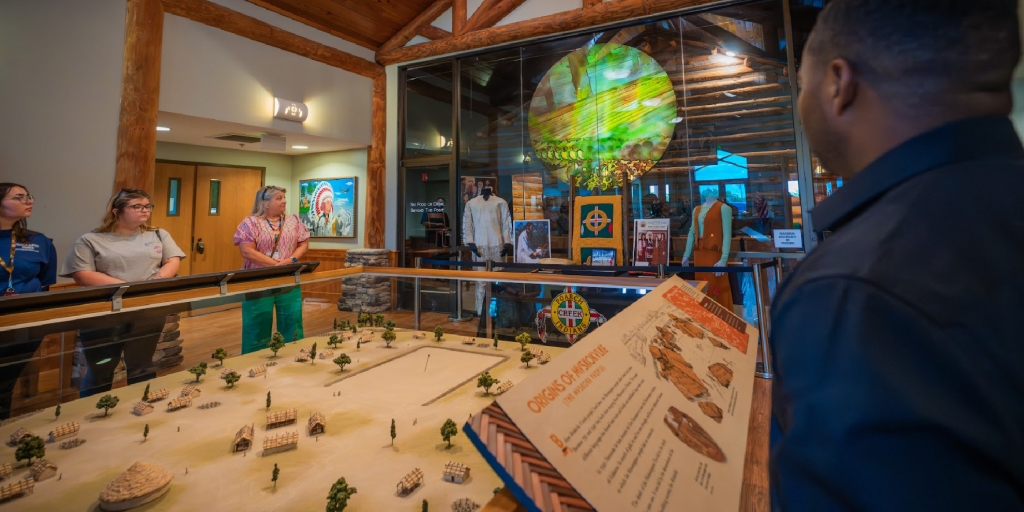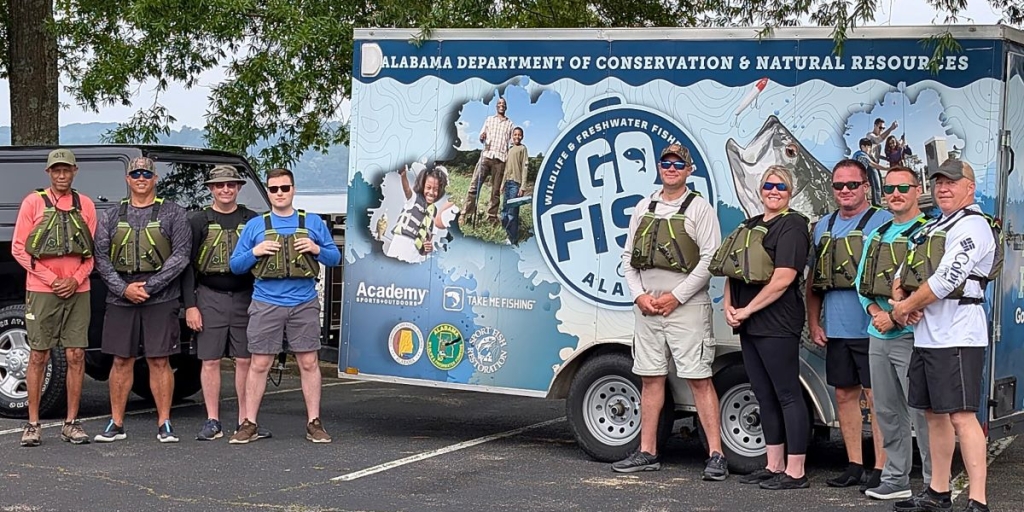It doesn’t look like much from the road – just an unassuming tributary of a local creek that flows into a man-made pond in a pleasant, historic subdivision, south of Bessemer.
But the volunteers who gathered at the site to yank out invasive plants and remove piles of brush knew they were helping to preserve something special.
In 1964, Samford University biologist Mike Howell first identified, in this modest, spring-fed waterway, a tiny fish that, to this day, is known to exist at only five sites in Jefferson County and nowhere else: the watercress darter. By 1970, the colorful fish, which typically grows no larger than 2½ inches, had been placed on the federal list of endangered species.
Since that time, a recovery plan for the fish has been developed that includes ongoing efforts by public and private partners to try to protect and enhance the few habitats where the darter lives.
On Saturday morning, volunteers, guided by conservation experts with the nonprofit Freshwater Land Trust and with support from the local REI Co-op, took on the task of uprooting privet and other non-native vegetation growing along the tributary, known by locals as Glenn Springs. The volunteers included local neighborhood residents, students from UAB and others who signed up through the local REI store’s website.
By lunchtime, volunteers had opened up a section of the creek that had been hidden by a wall of nearly impenetrable privet – an Asian import that is notorious for choking out more beneficial, local plants. Darters need natural vegetation and sunlight, in cool, clear spring water to survive.
Experts with the land trust and the U.S. Fish and Wildlife Service are expected to return soon to the springs to continue the work to help improve condition of the site, which also will help improve water quality for the teeny darter.
Recently the land trust, which is supported by Alabama Power and the Alabama Power Foundation, completed a habitat restoration project at another site where the watercress darter lives, in the Roebuck Springs area of Birmingham. The land trust worked with the city and Fish and Wildlife experts on the project, which included removing asphalt from a city park near the springs and replacing it with natural bioswales, which can slow hot, polluted water from summer rains hitting paved surfaces and filter the water before it flows into the creek. Another project to protect the darter is continuing at Seven Springs, a tributary of Valley Creek in Birmingham, in coordination with neighboring Faith Apostolic Church.
Learn more about efforts to protect the watercress darter in Alabama at www.freshwaterlandtrust.org.
(Courtesy of Alabama NewsCenter)




